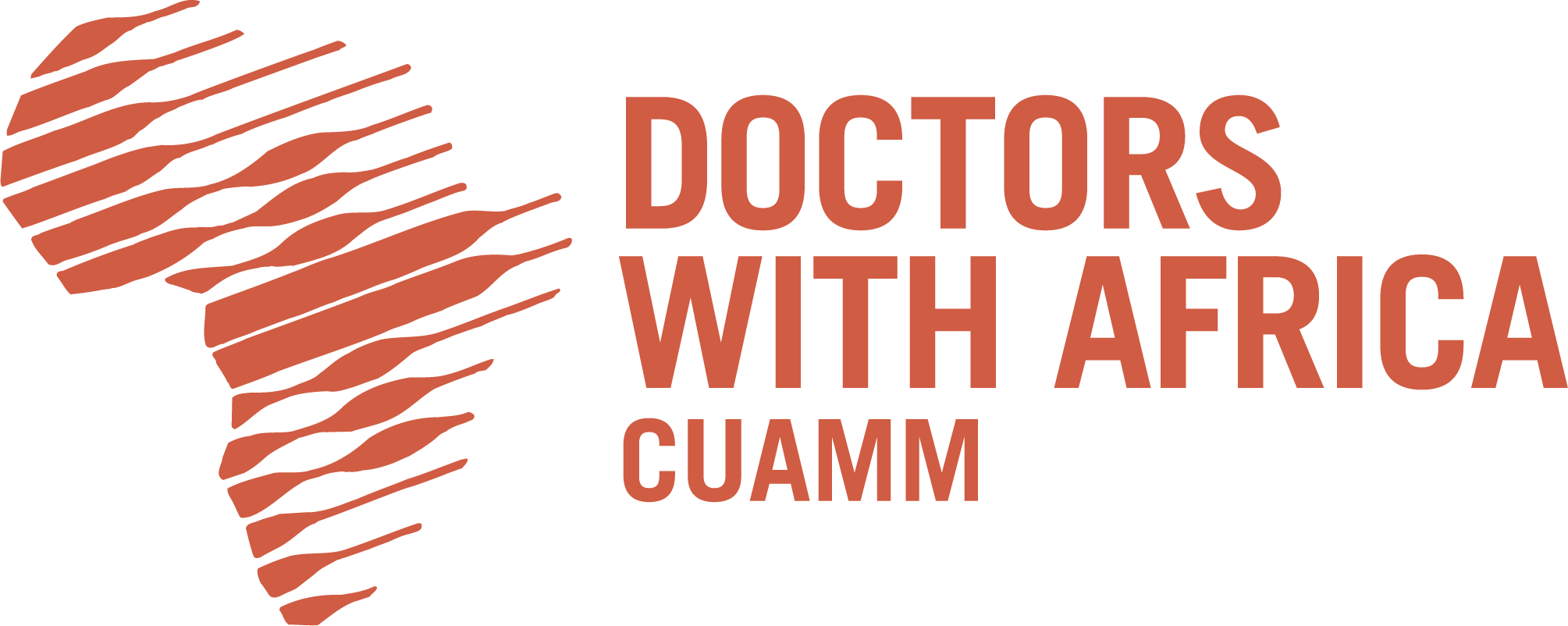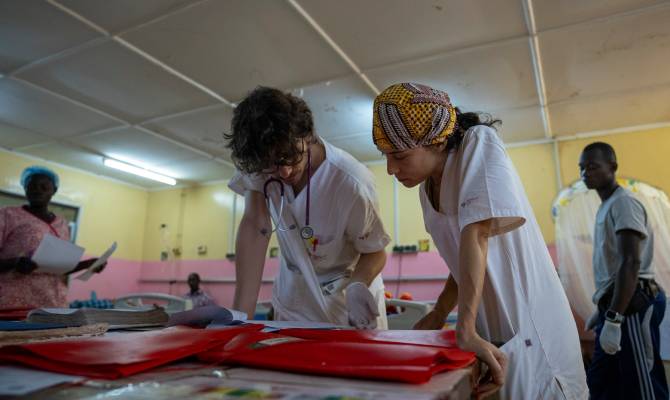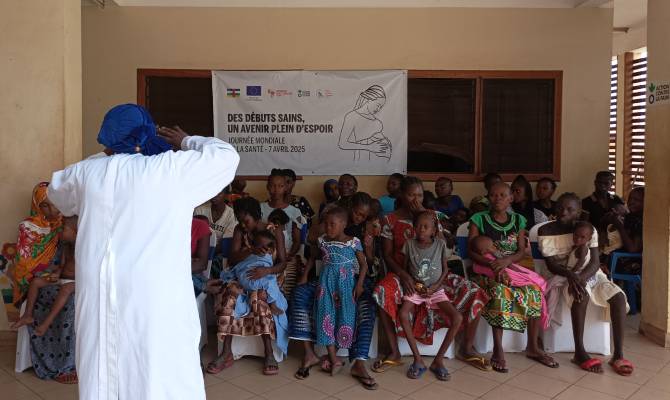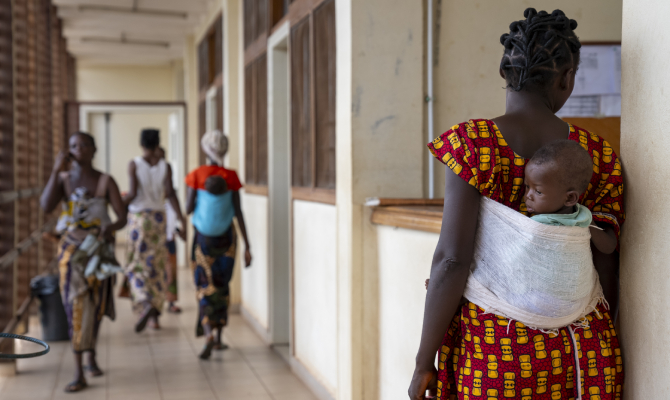Bethel is a two-year-old boy whose story is told by Alessio Tabuso – an Italian resident in Bangui, Central African Republic. We hear from him on a Friday during a short break he manages to carve out. It’s a special day at the Paediatric Hospital – CHUPB as a neonatologist from Dakar has come to give training sessions. It’s an opportunity no one wants to miss — neither doctors nor nurses — and so the wards are temporarily empty.
“We have so many patients, both in pediatrics and in intensive care unit, and the health workers are only a few. This is a great opportunity for them, but someone still needs to stay on duty. So, we’re rushing around — we’re used to it!” Alessio tells us.
As he begins to recount this story of care, Alessio starts from the end — partly because the ending is pretty unusual and far from guaranteed, and partly because emotions are still running high.
“I was in the corridor during rounds this morning then I heard a woman screaming my name. When I turned around, I saw Bethel running toward me while his mother smiled from a distance. The first thing I thought? The boy can see!”
It’s a story that begins with a hug yet, it reveals the numerous challenges in providing care in Central African Republic, where every day healthcare providers struggle with diagnostic difficulties, a lack of medical equipment, shortages of medicines, and insufficient and underqualified human resources. These are elements that — in a country ranked among the lowest on the Human Development Index — make access to healthcare a ever ending struggle.
When Bethel arrived at the hospital, he had fever and was vomiting. He wouldn’t stop crying. After a few questions, the doctors realized he already went to a peripheral health center, in Picola Barbi, a few dozen kilometers from the capital. The local healthcare staff had tried treating him for several days with broad-spectrum antibiotics and antimalarial drugs, without any success.
“Vague symptoms common to many illnesses make diagnosis harder. Health personnel in health posts do what they can with what they have but time goes on and the risk of the patient’s condition worsening increases,” Alessio explained.
And that’s exactly what happened with little Bethel, who was transferred to CHUPB only after a week of ineffective treatment.
“When he arrived here, his body had already lost muscle tone and he was barely conscious. Holding him in my arms felt like holding puppet.”
The loss of muscle tone, combined with a state of unconsciousness and persistent fever, often points to tuberculous meningitis — a severe form of TB that unfortunately, due to diagnostic challenges and a lack of timely treatment, mainly affects children. If not promtly treated the diseases can have severe consequences to the health, including brain damage, hearing loss, vision loss, seizures, stroke, and eventually death. Upon admission to the hospital, the doctors were informed of two seizure episodes and immediately started antibiotic therapy while ordering a series of tests to rule out the worst-case scenario.
“Tuberculous meningitis is an infection of the meninges that primarily affects children and can, unfortunately, have devastating consequences. Identifying the bacterium in time and starting the correct treatment is crucial to prevent paralysis, coma, and ultimately death,” said Alessio.
To confirm or rule out their suspicion, the doctors performed the GeneXpert test. Needless to say, this type of test is only available in the capital. The results confirmed the presence of Mycobacterium tuberculosis in the gastric fluid, and the little patient’s condition worsened dramatically in the following hours.
Bethel experienced a prolonged seizure, the doctors observed signs of increased intracranial pressure, and the situation became even more critical when blood tests revealed dangerously low sodium levels (severe hyponatremia). Intervention was needed, but had it not been gradual it would have caused itself neurological damages. The team implemented a therapy that was carefully administered over several days.
These were long, tense days and Bethel’s life was hung by a thread.
“The little boy recovered after about ten days of intensive treatment. When we discharged him, he was in good general condition but was supposed to return in the following days for follow-up visits” Alessio explained. “Unfortunately, families here often lack the means to travel, and I hadn’t seen Bethel again — until this morning, when, to my surprise, he came running toward me. He was doing well, and he could see!”
Bethel’s life was saved by a care system that allowed him to receive the attention and treatment he needed at the country’s one and only tertiary-level pediatric hospital. The follow-up visits he attended showed no signs of damages to the eyes, a consequence of the disease that can also result in permanent vision loss. CUAMM teams work tirelessly at the CHUPB to support both the paediatric ward and the intensive care unit to ensure children like Bethel adeguate and timely care. Our commitment at the hospital is financially supported by the European Union.






